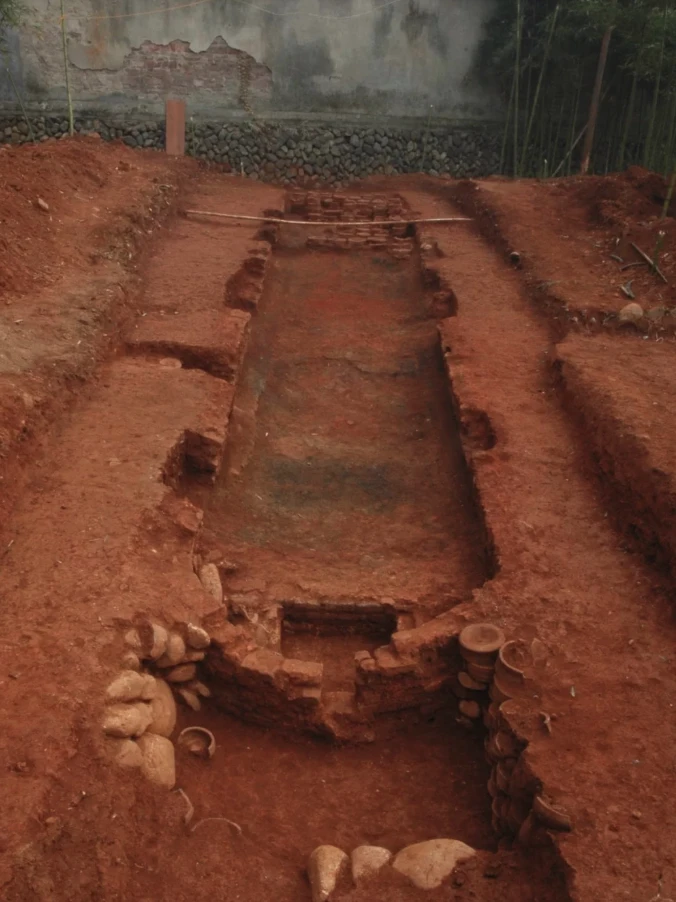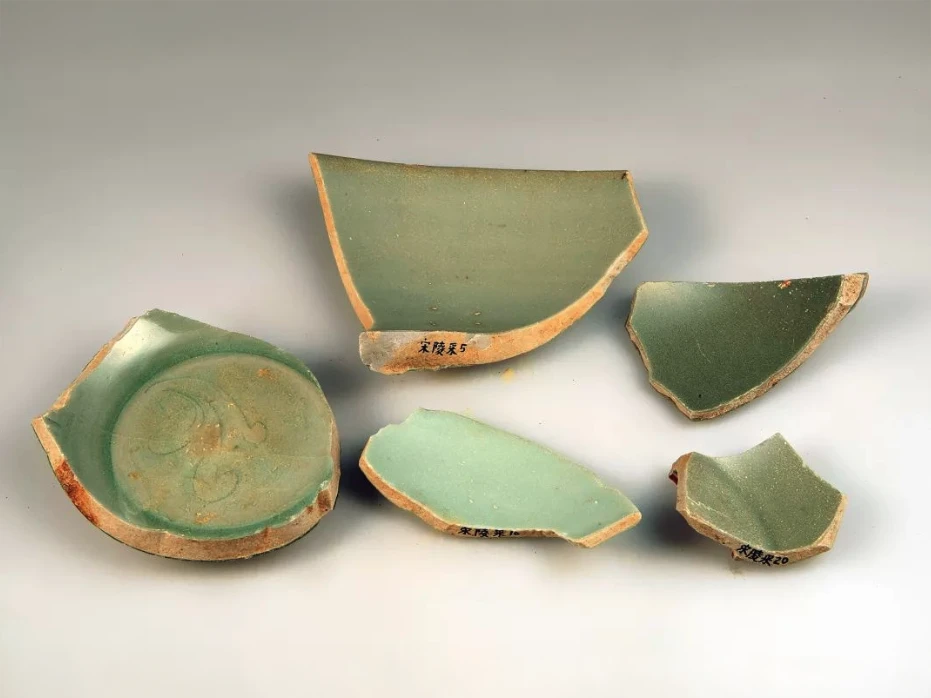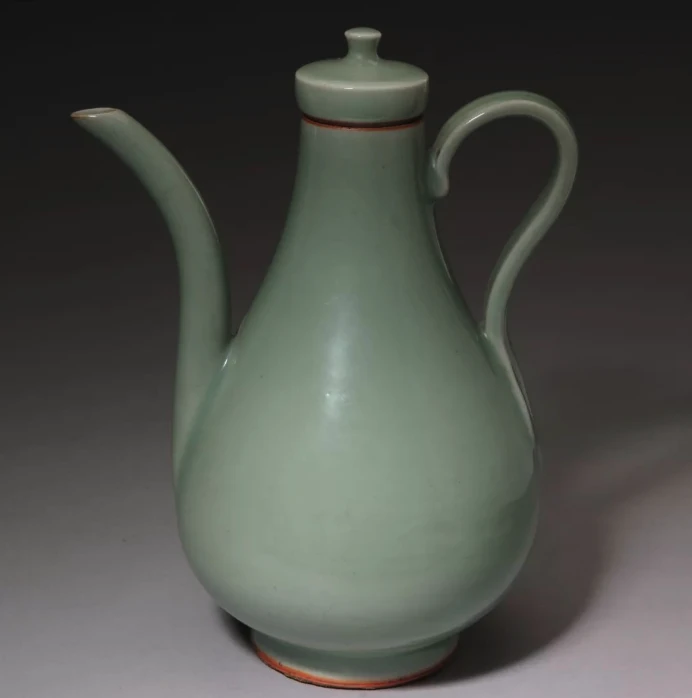Historical Background and Craft System
Longquan celadon originated in the southwestern part of Zhejiang province. It emerged during the late Five Dynasties period (c. 907–960), matured in the Northern Song dynasty (960–1127), and reached its peak during the Southern Song dynasty (1127–1279). It continued to flourish through the Yuan (1271–1368) and Ming (1368–1644) dynasties. Unlike other short-lived imperial kilns, Longquan celadon maintained a continuous tradition for nearly a thousand years. It became the most widely produced, most exported, and most enduring celadon system in Chinese ceramic history.
After the imperial court relocated southward during the Song, Longquan celadon became the primary ceramic ware for the southern court and scholar-official class. Over time, its glaze palette evolved from early powdery blue and plum green to more refined tones such as bean green, bluish green, and pale celadon. The craft relied on thick glaze, high firing temperatures, and a carefully controlled reduction atmosphere. Excavations from numerous kiln sites demonstrate that Longquan was not only a symbol of technical excellence but also a model of systematized ceramic production.
Glaze Characteristics and Visual Aesthetics
The defining features of Longquan celadon lie in its thick glaze and soft, jade-like texture. High-quality pieces are made from finely processed kaolin clay and coated with natural mineral glaze, fired in a high-temperature reduction atmosphere. The glaze colors typically fall within a range of bean green, bluish green, and pale celadon, known for their clarity, transparency, and delicate depth.
Rather than emphasizing surface effects, traditional Longquan celadon values coherence and visual flow. The glaze may show natural pooling or subtle traces of motion, but is never overly decorative. The aesthetic aims for “moist without being slick, colored without being flashy”—a visual system centered not on surface brilliance but on internal quietude.
Material Selection and Traditional Craftsmanship
The porcelain beads used in this collection are made by experienced artisans in Longquan using traditional methods. All pieces are crafted with natural agate-based glaze and high-quality clay, then fired using ancient techniques in reduction kilns. Because natural glaze materials vary in mineral content, melting point, and particle structure, the final glaze tone is difficult to standardize. Minor fluctuations in kiln temperature or firing atmosphere can result in substantial variation in appearance.
Small-scale porcelain objects such as beads pose an even greater challenge: their surface area is limited, their tolerance for deformation is narrow, and glaze application is harder to control. From a wide range of finished works, we carefully select those with stable forms, clear glaze tone, and soft luster for use in this collection.
Design Intent and Color Philosophy
Working closely with local artisans who preserve traditional methods, we selected porcelain beads featuring soft colors, smooth glaze, and well-balanced forms. The glaze tone falls between powdery celadon and bean green, leaning toward a clear sky-blue impression. Under natural light, the beads reflect a calm, luminous presence—neither bright nor dull, but quietly self-contained.
We believe this kind of tone and texture offers a sense of balance and serenity when worn. The beauty of celadon is not meant to dazzle or dominate. It is meant to accompany daily life, to become part of its rhythm.
Explore the collection:
Explore our Celadon Tianqing Collection





